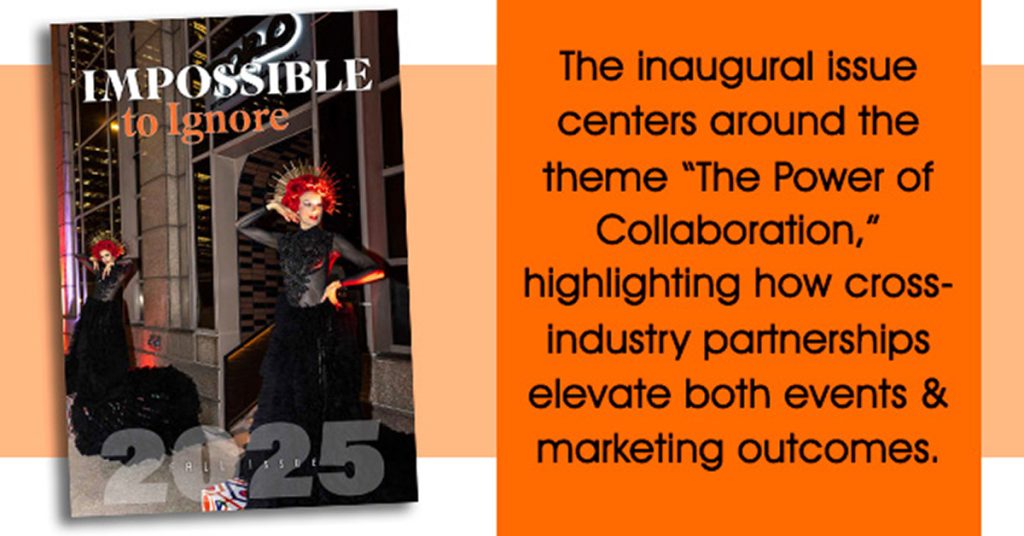The Chicago Bulls and Indiana Pacers of the National Basketball Association are separated by a three-hour drive along 200 miles of Interstate 65, but their history is a lot closer than that.
The Bulls joined the NBA in 1967, the same year the Pacers became one of the original franchises of the now defunct American Basketball Association. (The NBA and ABA merged in 1976.)
In recent memory, the Bulls won six NBA championships over an eight-year span in the 1990s. The Pacers won three ABA championships and were runners-up twice in the nine-year existence of the ABA.
Today, the two teams compete for dominance in the NBA's Central Division in the Eastern Conference, where the Bulls currently are in first place and the Pacers not far behind in second.
And while the fight for fans in Northwest Indiana is a lot more subdued than it is among National Football League and Major League Baseball franchises, thanks to strict NBA rules that give teams exclusive marketing rights within their territory, both teams have their followers in Northwest Indiana.
Steve Schanwald, executive vice president of business operations for the Bulls, says that having the Pacers just a couple hundred miles away isn't a concern for the team “because the NBA prohibits all its teams from marketing outside a 75-mile radius of their individual territories.”
Because the NBA limits how far the team can go to market itself, getting the word out about the Bulls, Pacers–or any other franchise–is much more targeted than it is in other professional sports leagues.
Teamwork and Partnership
The Bulls have a two-pronged approach aimed at reaching fans. “Besides putting a hard-working competitive team on the court, we strive to provide outstanding game entertainment and exceptional service at the United Center every night. And we devote a lot of effort to being great partners in the local community,” says Schanwald.
The United Center has been home to the Bulls since 1994. Before that, the Bulls played in Chicago Stadium, which served the Bulls, hockey's Blackhawks, political conventions, ice shows, concerts and circuses from 1929 until its demolition in 1995.
Having a good time at the game–whether it's being entertained by mascot Benny the Bull or the Luv-a-Bulls dancers, is a priority for the team, says Schanwald. But in order to get fans to the game to see such stars as Derrick Rose, Joakim Noah and Carlos Boozer, the Bulls aggressively market the team to make sure the team has a fair chance of receiving the public's entertainment dollar.
And while none of the current stars on the Bulls are the equal of Hall of Famer Michael Jordan, considered the best player ever in the NBA, the team isn't afraid to use Rose as a lure. He's considered one of the league's best young players, and that, says Schanwald, helps the Bulls sell tickets.
“We employ a multimedia advertising strategy which includes billboards, bus tails, train platforms, newspaper, television, radio and the Internet,” says Schanwald. “We also invest in a lot of digital assets like Bulls.com and BullsTV, and we engage in all forms of social media like Facebook, Twitter, mybulls and Bulls Mobile alerts. The explosion of digital media options for branding and for ticket sales is probably the biggest change in sports marketing over the last few years.”
Schanwald says the Bulls use the same methods to reach fans in Northwest Indiana. “Any area located within 75 miles of Chicago is our territory. We understand that we have a lot of Bulls fans in Northwest Indiana, and they're extremely important to us,” he says.
“The finite marketing dollars we have are generally deployed on the radio and TV stations, billboards, newspapers and mass transit in the Chicago area, where they will reach the vast majority of our fans,” says Schanwald. “To the extent that our fans in Northwest Indiana watch Chicago-area TV stations, listen to Chicago-area radio stations, travel on Chicago-area roadways, they will see our message. Due to limited financial resources, we can't be everywhere with our advertising message, so we have to be efficient in how we deploy our finite advertising dollars.”
And while there are hundreds–if not thousands–of Chicago Bulls fans in Northwest Indiana, Schanwald says he doesn't have specific numbers. “It's very difficult to quantify exactly how many fans from Northwest Indiana attend our games, but we know it's several hundred on any given night.” As for season ticketholders, Schanwald says, “We have at least a few hundred from Hammond, Gary and other cities in Northwest Indiana.
The “Indiana” Team
For the Indiana Pacers, one of the NBA's smaller markets, the effort to provide value for the fans who buy tickets is constant, says Greg Schenkel, vice president of corporate/public and community relations.
Besides the Pacers, there is an ongoing effort to make sure Conseco Fieldhouse, where the team plays its home games, is busy with other activity including Indiana Fever WNBA games, World Wrestling Entertainment, concerts and other events.
At the same time, the Pacers have a young, mostly unknown team with potential stars such as Brandon Rush, Tyler Hansbrough and Roy Hibbert. Years ago when Reggie Miller was a rookie, no one was sure how good he would be.
As it turned out, Miller was not only one of the best to wear a Pacers uniform, he was one of the all-time greats in the NBA. The current team doesn't have anyone like that now, but a few years from now, it might, and it's how the Pacers market the players, says Schenkel.
“We know it's not realistic for a lot of our fans to come to all 45 home events each year, so we work to make each game an event,” says Schenkel.
“We continually work to make sure that our fans and consumers have a wonderful experience at each and every game,” says Schenkel. “Attention is paid to all aspects, including concessions, friendly ushers and ticket takers, pregame and halftime entertainment and in-game activities. We want the fans and families to enjoy their experience and trust they will be repeat customers.”
Schenkel says the Pacers aggressively market the team in traditional print media, on television and radio, on billboards and social media. “The change over the past years has definitely put more emphasis on electronic means, including social media.”
Even though the team is called the Indiana Pacers, Schenkel says the NBA's strict rules prevent it from aggressively promoting itself in Northwest Indiana. “The NBA guidelines basically define our marketing area, so it really isn't an issue for us.”
Schenkel says fans of the team who live outside its 75-mile zone can check for news about the team and its players online and in other media. “In that way, we reach all areas to some extent.”
The Pacers (named for the state's rich history in horseracing and the pace car for the Indianapolis 500) became the Indiana Pacers when the original owners back in the ABA had the idea to play home games at different venues around the state. Although that never happened, the name stuck and the team has remained firmly anchored in Indianapolis.
Schenkel says the Pacers do have Northwest Indiana fans, but few of them buy season tickets. “While we have some ticket sales in Northwest Indiana, it is mostly on an individual-game basis.”


